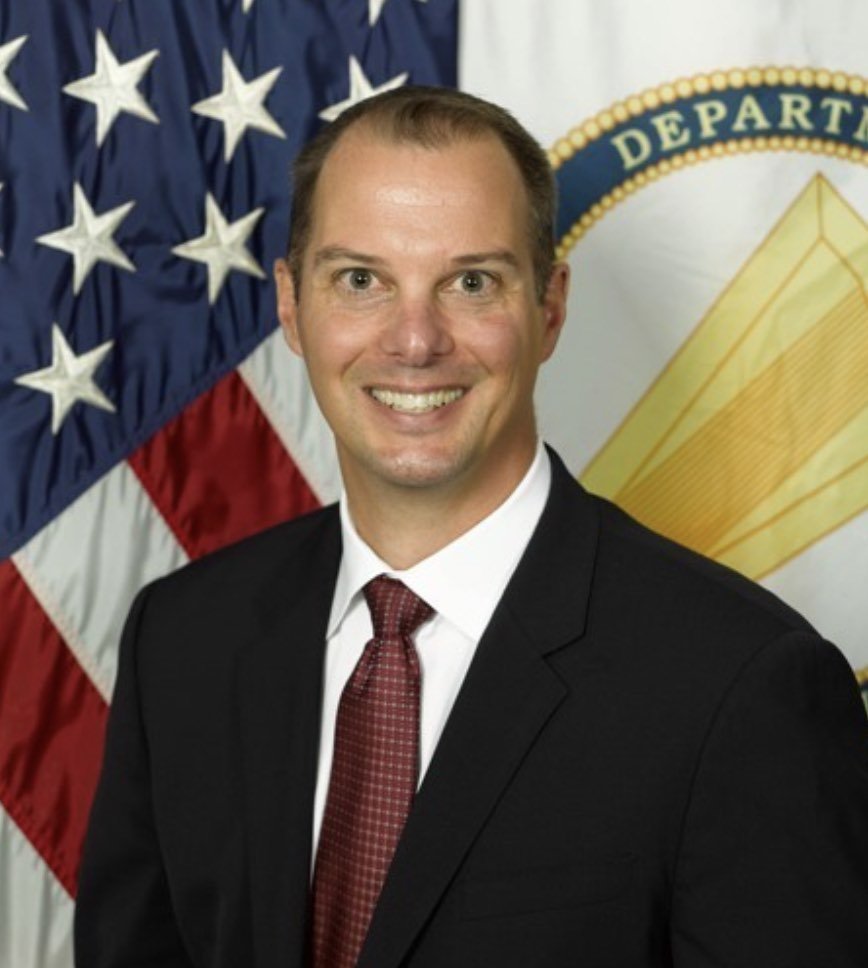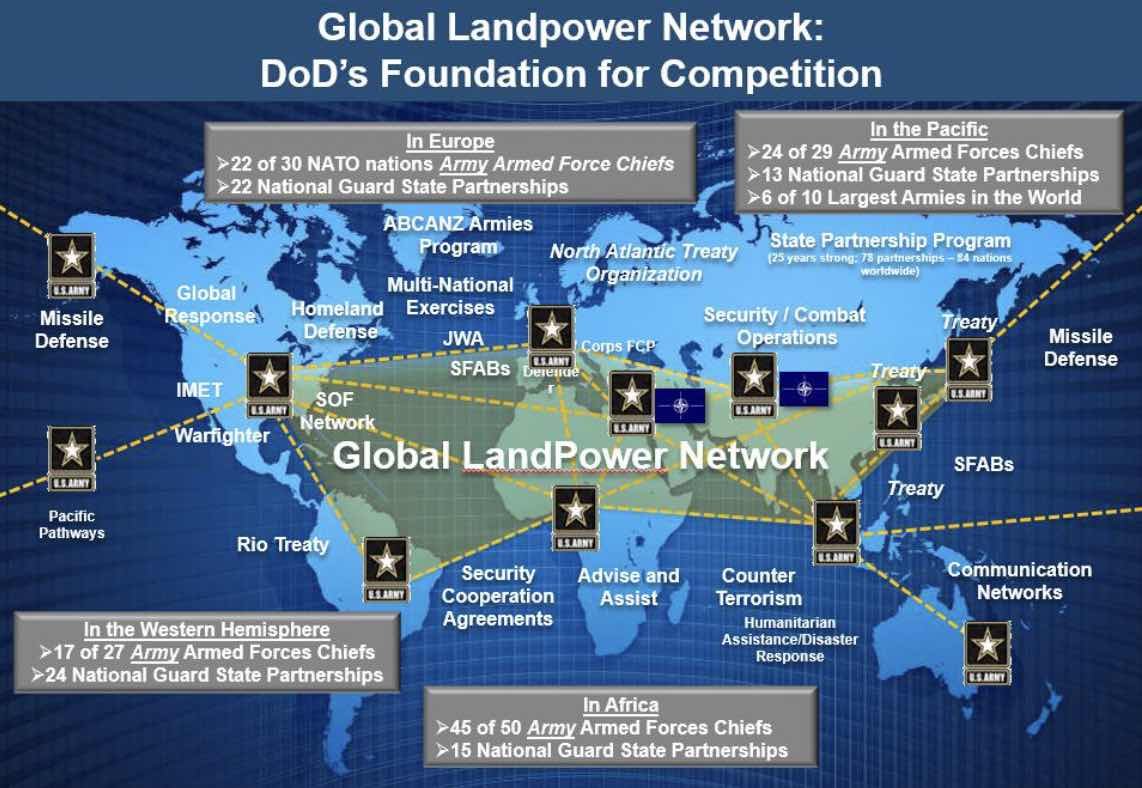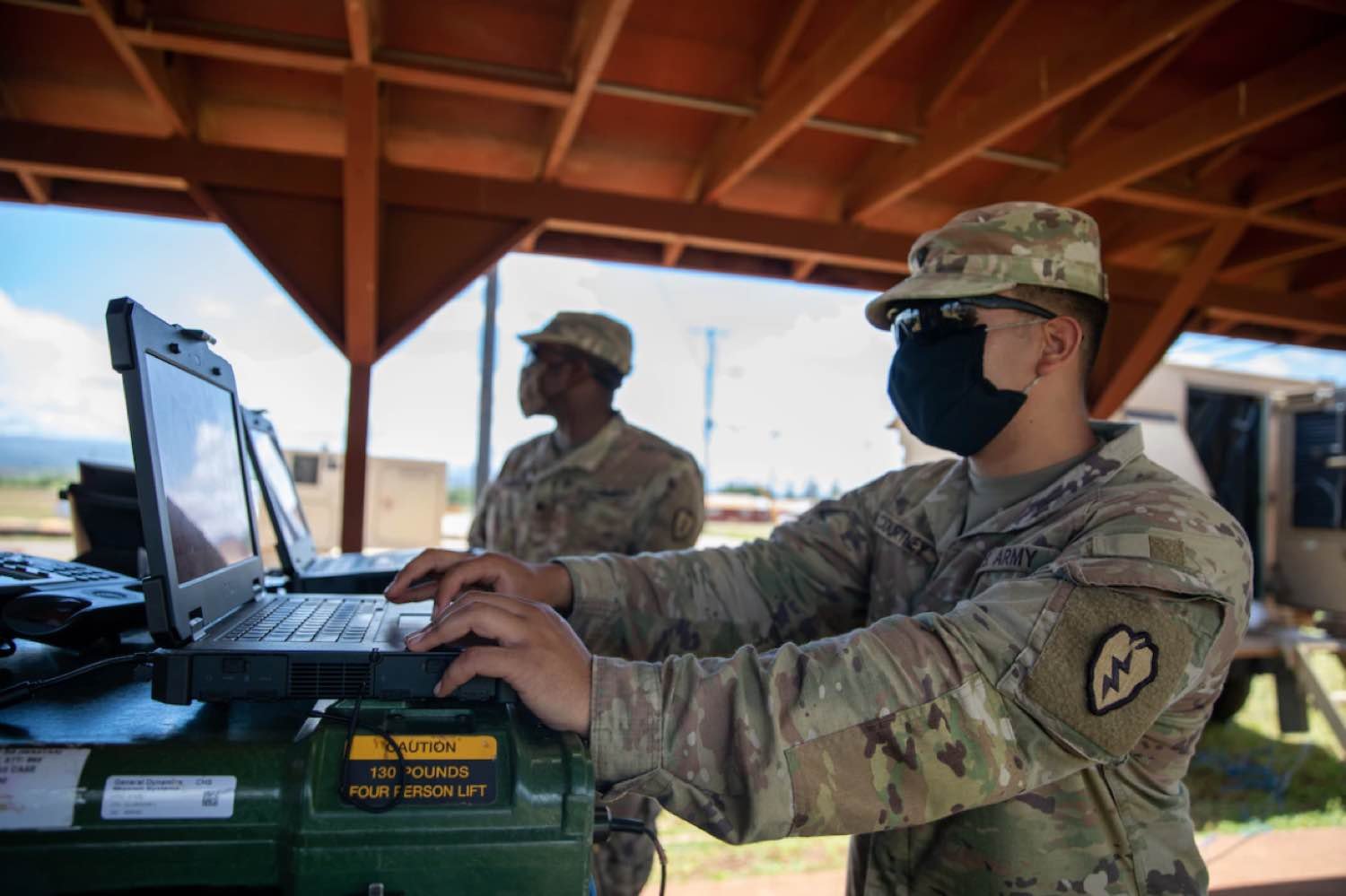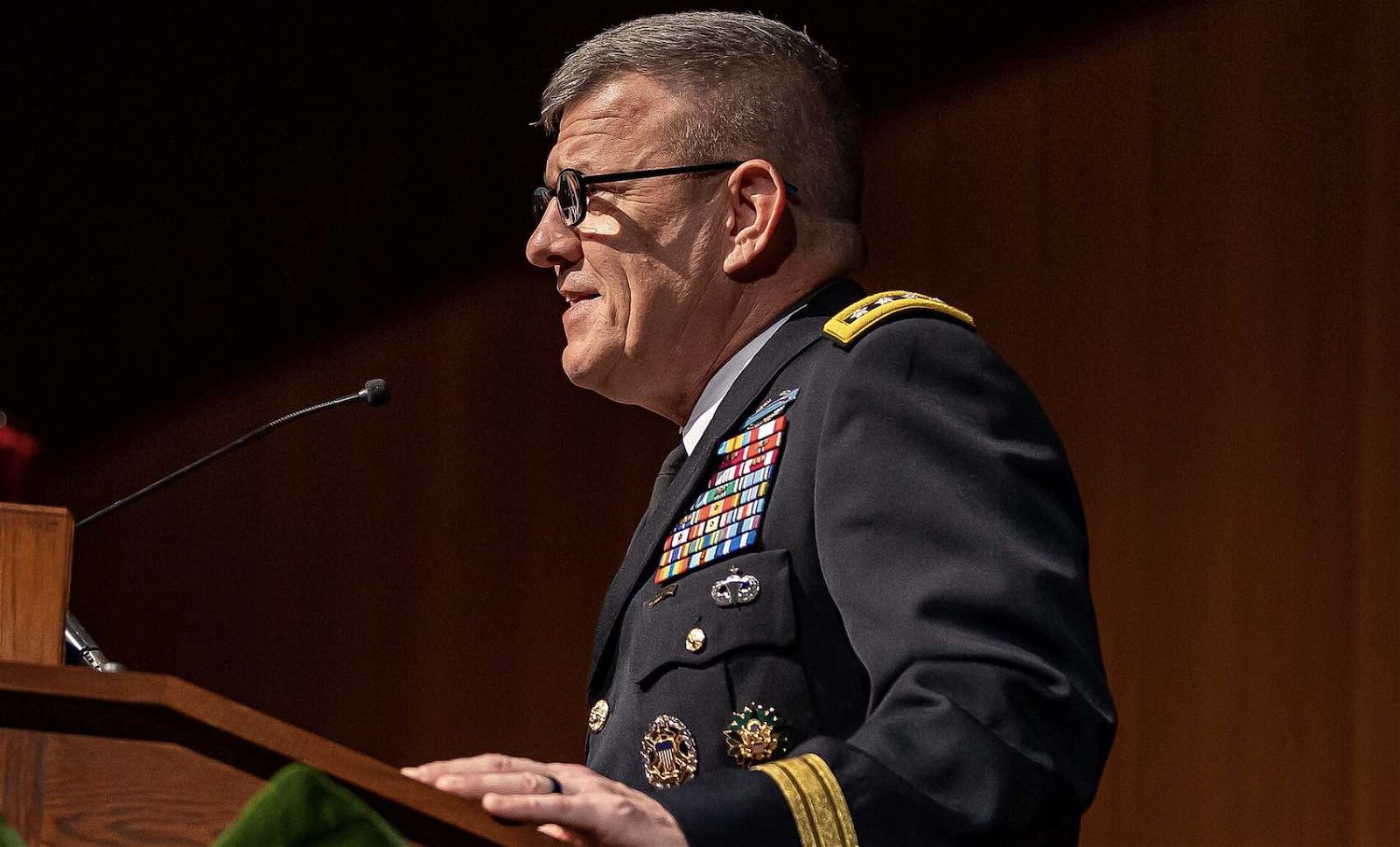The Army Futures Command has initiated a new all-domain sensing effort, which officials say will help propel the U.S. Army’s transformation over the next decade by achieving sensory dominance across multiple domains, as well as deeper processing and analysis by leveraging artificial intelligence.
The new initiative, the All-Domain Sensing (ADS) Cross-Functional Team (CFT), was announced last month by Gen. James E. Rainey, commanding general of Army Futures Command, who said such teams “are one of the indisputable successes of AFC.”
The new CTF, which will have bases at Adelphi, Maryland, and at Huntsville, Alabama, was officially launched following the successful completion of an earlier CTF, the Army’s Assured Positioning, Navigation and Timing/Space (APNT/Space) mission.
“The APNT/Space CFT did what we asked them to do,” Rainey said last month, adding that “the changes we are making are intended to capitalize on our success.”
“With the evolution of hard Army problems, comes the evolution of talented teams to solve them,” Mike Monteleone, the newly appointed director of the ADS CFT, said in a recent statement. Monteleone also led the Army’s previous APNT/Space CFT.


Speaking last month at the Association of the U.S. Army’s Global Force Symposium, Rainey said the Army will also leverage artificial intelligence in the new effort, adding that overreliance on a network of analysts to attempt to sort through the amount of data the military collects could potentially place the Army at a disadvantage.
“The Army cannot continue to build human analysts to keep up with the amount of data,” Rainey said. “We have to bring AI and machine learning to bear.”
The Army’s Multi-Domain Transformation
Last month, the Army released an unclassified version of a paper outlining its plans to fundamentally transform its current operations by aiming to achieve enhanced multi-domain capabilities by 2035.
The paper, “Army Multi-Domain Transformation: Ready to Win in Competition and Conflict,” provides details on the Army’s planned efforts over the next decade to enhance its core competencies and transition into a multi-domain force with the necessary capabilities to meet 21st-century military challenges.
Ranging from challenges posed by peer adversaries to achieving relative positional and capability advantage and maintaining freedom of action while deterring conflict, the paper conveys the Army’s modernization efforts, which primarily aim to ensure its ability to prevail in large-scale combat operations. Fundamentally, the development of new capabilities, as well as gaining positional advantage and expanding the Army’s landpower network through its relationships with U.S. military allies and partners, are core objectives in the Army’s current transformation.


In a statement accompanying the paper’s release, Gen. James McConville, the Army’s Chief of Staff, said the U.S. military’s land force “is boldly transforming to provide the Joint Force with the speed, range and convergence of cutting-edge technologies that will be needed to provide future decision dominance and overmatch for great power competition.”
All-Domain Sensing
The new standup of the ADS CFT is a direct outgrowth of the Army’s 21st-century transition, detailed in the unclassified version of last month’s paper. All-domain sensing is what propels the Army’s ability to gauge the effects of a highly nuanced battlefield and facilitates the synchronization between kinetic and non-kinetic capabilities.
At the heart of the new initiative is an ongoing effort to enhance and synchronize the way the military collects intelligence, and coordination between its measures for processing that information and its translation through sensor-to-shooter activities.
Leveraging these sensing capabilities, the ADS CFT is focused on four primary areas, which include ‘Multi-Sensor Dominance’ involving all aspects of attaining dominance with the Army’s sensor technologies. ‘Sensing Architecture’ is another focus, which aims to develop integrated sensing capabilities that will evolve at an optimal pace alongside the Army’s transformation over the next decade. Meanwhile, ‘Advanced Processing and Dissemination’ aims to identify and utilize technologies needed for the Army’s large-scale combat operations and multi-domain capabilities.


The Army also outlines ‘Operational Enablers’ that it will rely on for “shaping doctrine, organization, training, materiel, leadership and education, personnel and facilities (DOTMLPF-P) for sensors, electronic warfare, and positioning, navigation and timing,” which will assist military operations in less-than-optimal warfighting environments.
Monteleone said in March that the success of the Army’s previous CFT mission underscores his goals for directing the ADS CFT.
“Our team swiftly delivered on our last mission, proving the CFT concept is effective in accelerating capability delivery,” Monteleone said.
Although the ADS CFT is part of the Army’s broader plans for transformation over the next decade, Monteleone says the new CFT should reach Full Operational Capability (FOC) sometime in late 2025 and will work closely with teams within both the Army and across the Joint Force as it progresses.
“We look forward to helping the Army and Joint enterprise converge understanding and deliver all-domain sensing solutions,” Monteleone said.
Micah Hanks is the Editor-in-Chief and Co-Founder of The Debrief. He can be reached by email at micah@thedebrief.org. Follow his work at micahhanks.com and on X: @MicahHanks.

